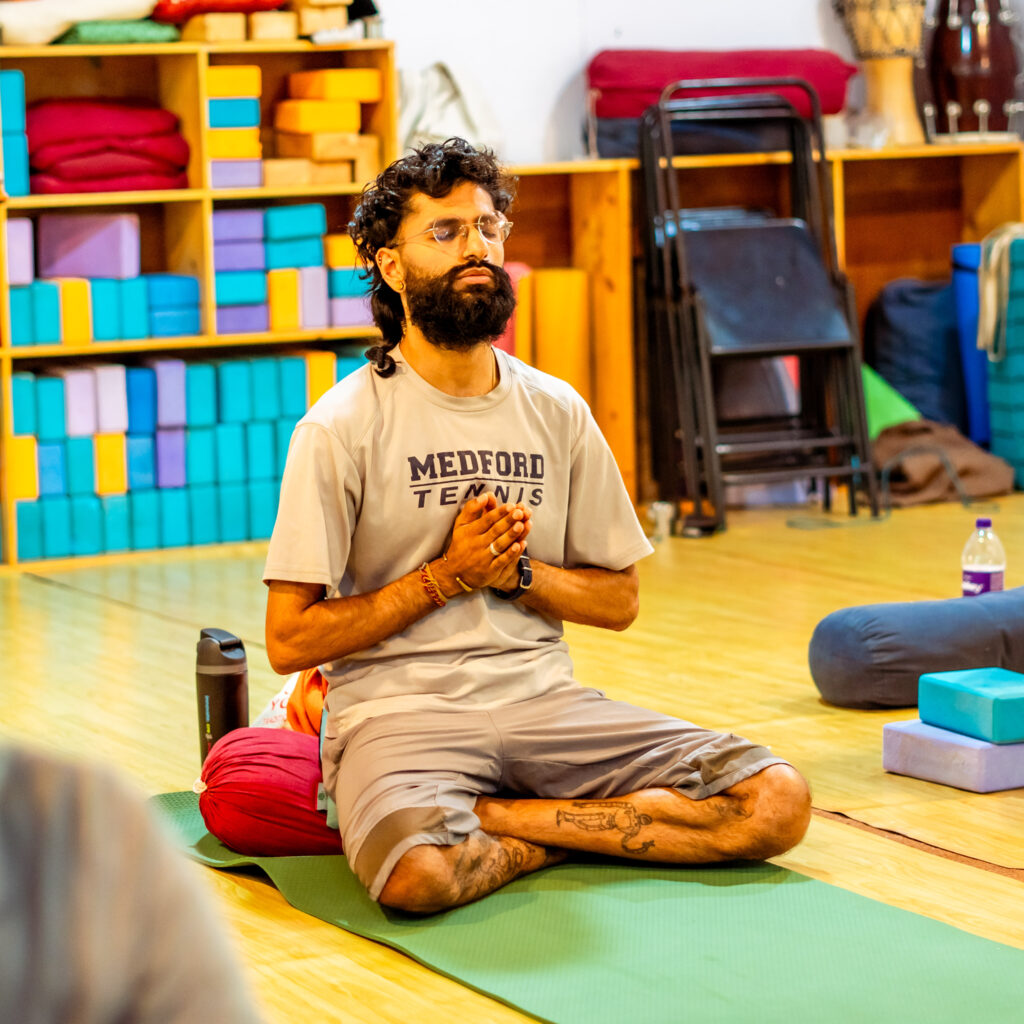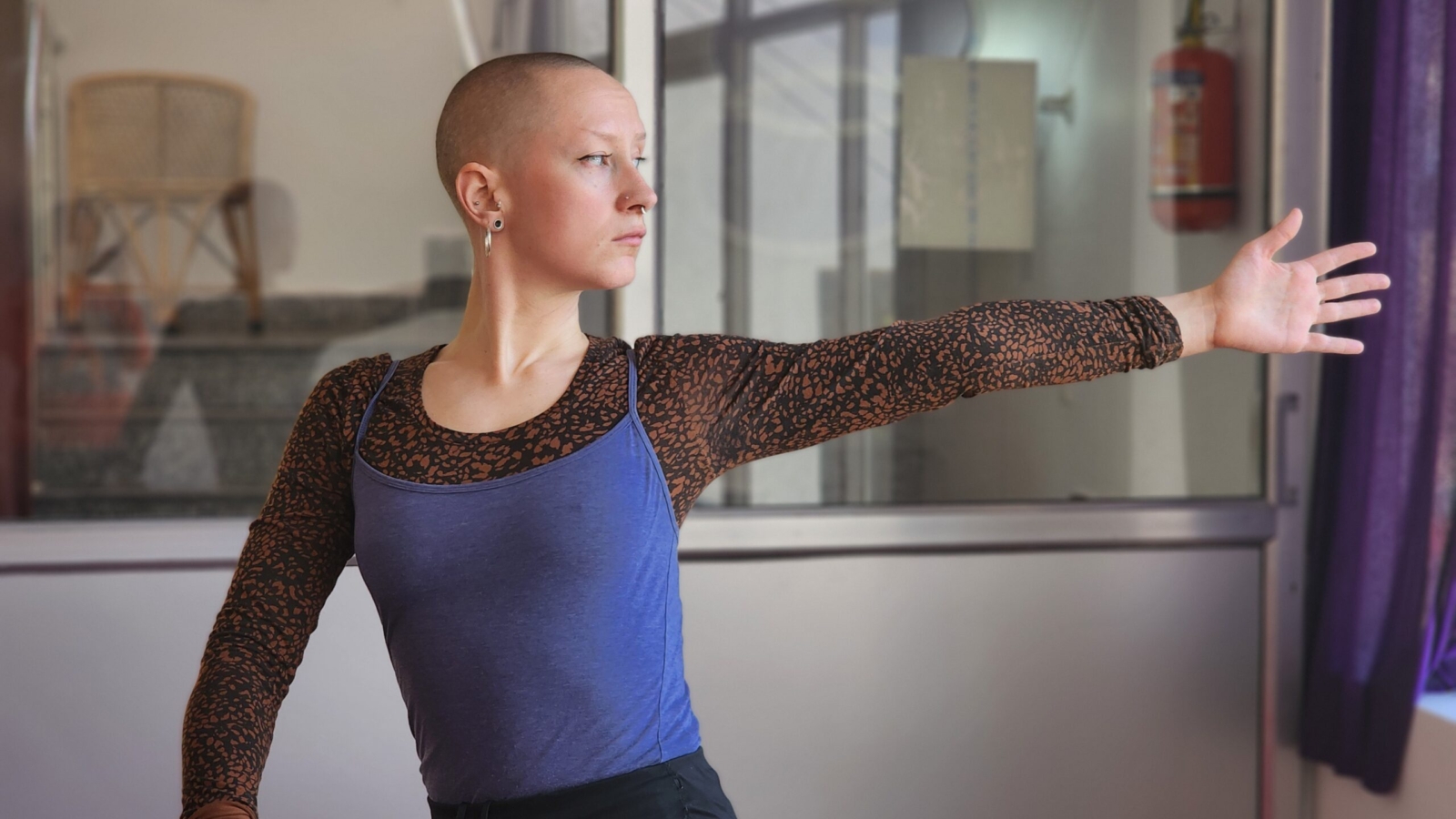Yoga, as defined in ancient scriptures, is the union of body, mind, and soul. However, in today’s world, it is often mistaken for just physical postures or asanas. But yoga is much more than that—it is a holistic practice that leads to spiritual enlightenment.
If you want to deepen your yoga practice and understand its true essence, enrolling in a 200 Hour Yoga Teacher Training in Rishikesh at Gurukul Yogashala is the perfect choice. Here, you will learn traditional and authentic teachings of yoga based on the ancient scriptures, the Vedas.
Let’s explore the Eight Limbs of Ashtanga Yoga, as described by Sage Patanjali, which will help you connect with your inner self and achieve spiritual growth.
Eight Limbs of Ashtanga Yoga – The Path to Enlightenment
At Gurukul Yogashala’s 200 Hour Yoga Teacher Training in Rishikesh, India, you will gain in-depth knowledge of the Eight Limbs of Yoga, which serve as a roadmap for your spiritual journey.
1. Yamas – Ethical Guidelines for a Harmonious Life
Yamas are ethical principles that help create a peaceful and stress-free society. These include:
- Ahimsa (Non-violence) – Practice kindness and compassion.
- Satya (Truthfulness) – Always be honest in words and actions.
- Asteya (Non-stealing) – Do not take what is not yours.
- Brahmacharya (Control of Desires) – Use your energy wisely.
- Aparigraha (Non-greediness) – Avoid material obsession.
2. Niyamas – Personal Discipline for Inner Peace
Niyamas are personal practices that guide you toward self-improvement:
- Shaucha (Cleanliness) – Maintain physical and mental purity.
- Santosha (Contentment) – Be satisfied with what you have.
- Tapas (Self-discipline) – Cultivate dedication and persistence.
- Swadhyaya (Self-study) – Reflect on yourself and sacred texts.
- Ishwar Pranidhana (Surrender to the Divine) – Trust the higher power.
3. Asana – The Foundation of Physical and Mental Balance
- The term Asana refers to a posture that is steady and comfortable.
- In 200 Hour Yoga Teacher Training in Rishikesh, India, you will learn traditional asanas that help prepare the body for meditation.
- Asanas promote flexibility, strength, and stability, ensuring a healthy body and mind.
4. Pranayama – Control of Breath for Energy Balance
- Pranayama is more than just breath control—it balances the body’s energy channels (nadis).
- Techniques like Anulom Vilom, Bhastrika, and Kapalabhati improve focus, vitality, and inner peace.
- Practicing Pranayama at a yoga teacher training school in Rishikesh enhances self-awareness and inner stillness.
5. Pratyahara – Withdrawal of the Senses
- Pratyahara is the practice of turning inward by detaching from external distractions.
- It is the first step in achieving higher consciousness and spiritual growth.
- Learning Pratyahara in a 200 hour yoga teacher training course in Rishikesh helps you develop deep self-awareness.
6. Dharana – Focused Concentration
- Dharana means fixing the mind on one point or object to improve concentration.
- With practice, your focus strengthens, leading to deeper meditation.
- Gurukul Yogashala’s Best Yoga Teacher Training in Rishikesh provides guided sessions to master Dharana.
7. Dhyana – The Art of Meditation

- Dhyana is continuous meditation without distractions.
- It brings clarity, emotional stability, and a deeper connection with the self.
- In 300 Hour Yoga Teacher Training in Rishikesh, you will advance your meditation practice for profound inner peace.
8. Samadhi – The Ultimate State of Enlightenment
- Samadhi is the state of complete absorption into supreme consciousness.
- It is the final goal of yoga, where the mind transcends beyond physical existence.
- Advanced yogis often seek 500 Hour Yoga Teacher Training in Rishikesh to master this highest state.
Why Choose Gurukul Yogashala for 200 Hour Yoga Teacher Training in Rishikesh?
At Gurukul Yogashala, we focus on preserving the ancient teachings of yoga while offering a transformative experience. Here’s why our program stands out:
✅ Authentic Teachings – Learn yoga based on Vedic scriptures and traditional yogic texts.
✅ Experienced Instructors – Our expert teachers guide you in asanas, Pranayama, meditation, and philosophy.
✅ Spiritual Growth – Understand yoga beyond asanas and explore mind-body-soul connection.
✅ Serene Location – Train in the spiritual atmosphere of Rishikesh, the Yoga Capital of the World.
✅ Comprehensive Curriculum – Our 200 Hr Yoga TTC in Rishikesh includes philosophy, anatomy, Ayurveda, and teaching methodology.
Conclusion – Your Path to Self-Discovery Starts Here
Yoga is more than just a practice—it’s a journey to self-realization. The 200 Hour Yoga Teacher Training in Rishikesh at Gurukul Yogashala helps you deepen your practice, achieve inner peace, and embark on a transformational experience.
If you’re ready to explore the authentic teachings of yoga, enroll in our 200 Hour Yoga Teacher Training in India and begin your path to spiritual enlightenment today!


